If you’re like me and love to learn about Champagne and wine you’ll enjoy these unusual and little-known facts. Keep them to yourself, share them with friends, or check them out when you next visit Champagne.
If you’re like me and love to learn about Champagne and wine you’ll enjoy these unusual and little-known facts. Keep them to yourself, share them with friends, or check them out when you next visit Champagne.
1) Although one of the main regions of Champagne is called La Montagne de Reims, the highest point on this so-called ‘mountain’ is only 286 metres high.
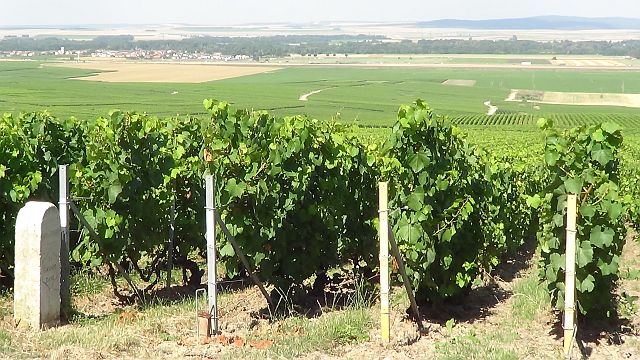 This spot is Mont Sinai which lies above the village of Verzy and enjoys a commanding view across the plain below. This was the reason the spot served as a look out post during WWI and if you take a short detour to visit it you can see the remains of a WWI pill box on the spot.
This spot is Mont Sinai which lies above the village of Verzy and enjoys a commanding view across the plain below. This was the reason the spot served as a look out post during WWI and if you take a short detour to visit it you can see the remains of a WWI pill box on the spot.
This picture was taken in the vineyards just below Mont Sinai but you can just make out the hills in the distance on the oppositte of the plain where the German positions would have been in WWI
2) There are 37 walled vineyards or ‘Clos’ in Champagne from which a champagne or, in one case a still wine, is produced.
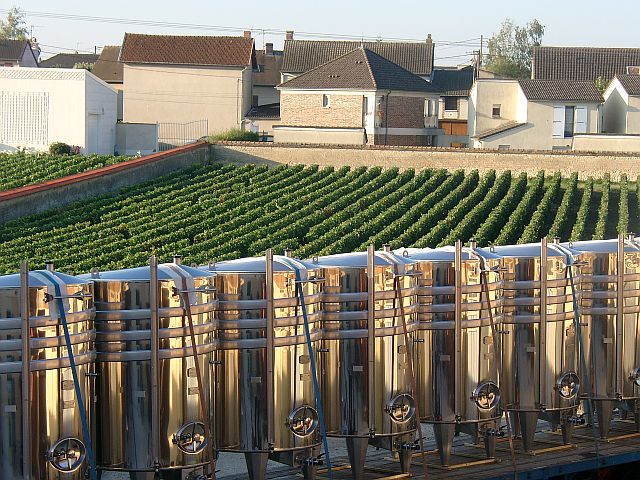
The advantage of having a walled vineyard is that the vines inside are sheltered from what can be pretty harsh, cold weather outside.
However, with the general warming of the climate over the past few years, this advantage may be much reduced and in some cases it may become a disadvantage.
For example, the Pinot Noir grapes grown in the Clos Barnaut in the centre of the village of Bouzy get too ripe and lose too much acidity to be used to make Champagne, but they can make an excellent Bouzy Rouge.
This picture is of Le Clos Barnaut and you can see that it is right in amongst the houses in the middle of Bouzy.
On the day I took this picture, Philippe Secondé the current owner of Champagne Barnaut, was taking delivery of several new vats for the new winery he was having built, so the view of Le Clos is a little obscured,
3) There are only 3 remaining plots of pre-phylloxera grapes still in production in Champagne
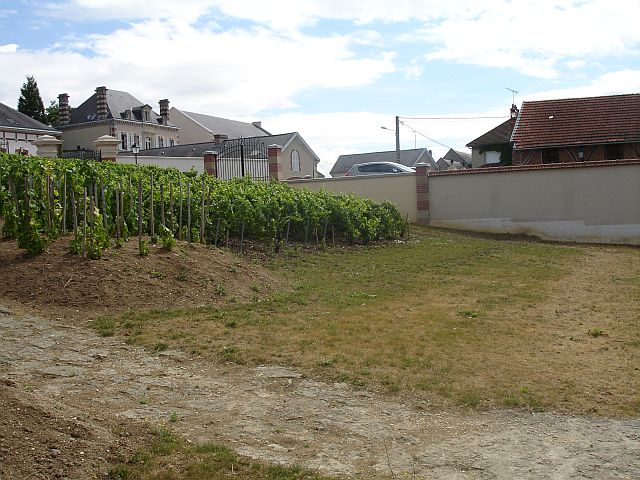 Phylloxera is the name for an aphid that found its way to Europe from America in the 19th century and which, little by little, spread through much of Europe destroying vineyards in its path, including those in Champagne.
Phylloxera is the name for an aphid that found its way to Europe from America in the 19th century and which, little by little, spread through much of Europe destroying vineyards in its path, including those in Champagne.
By good fortune, a few plots of vineyard remained unaffected – perhaps because they lie on sandy soil through which the aphids find it difficult to move.
They are
Les Beaux Sens - owned by Champagne Chartogne Taillet in Merfy (Meunier)
Clos St. Jacques and Le Clos des Chaudes Terres – owned by Champagne Bollinger in Aÿ (Pinot Noir)
And another plot owned by Champagne Tarlant in Oeuilly ( Chardonnay)
This picture is of Le Clos St. Jacques which is also one of the remaining plots of ungrafted vines, so the picture could equally have been used in section 2
---
If you have anything to add to the list of clos, or perhaps you know of other ungrafted plots, please let me know.
If you enjoyed this and want to learn more about Champagne just click here to receive more information, news, videos and quizes to test your skill and increase your knowledge.
Until the next time and meanwhile... Stay Bubbly
Jiles


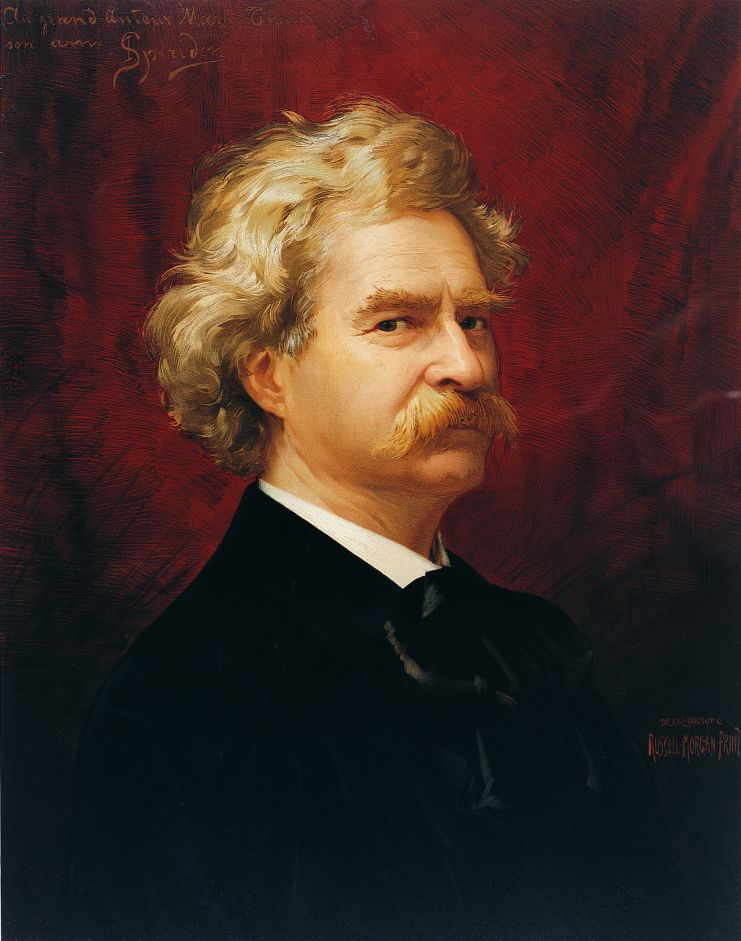 It was apparently Mark Twain who said that there are lies, damn lies and statistics, the inference being that you can present statistics in any number of ways to support whatever case you want to make.
It was apparently Mark Twain who said that there are lies, damn lies and statistics, the inference being that you can present statistics in any number of ways to support whatever case you want to make.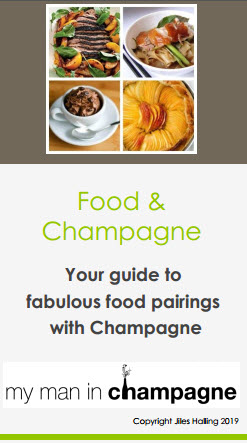 For most people champagne is a wine that you serve as an aperitif, before a meal, not during a meal but that’s an odd thing when you stop to think about it because, after all, champagne is just a white wine that has bubbles in it and because of the many different types and styles available there’s a champagne to go with just about every type of dish or cuisine you care to mention, except perhaps for a steak or a joint of beef.
For most people champagne is a wine that you serve as an aperitif, before a meal, not during a meal but that’s an odd thing when you stop to think about it because, after all, champagne is just a white wine that has bubbles in it and because of the many different types and styles available there’s a champagne to go with just about every type of dish or cuisine you care to mention, except perhaps for a steak or a joint of beef.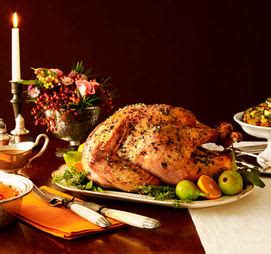 The acidity in champagne is a perfect balance to the fattiness of the meat and if you’ve never tried champagne with lighter meats such as chicken and turkey then you’ve missed out on a real treat. You’d be amazed at what a good combination it is.
The acidity in champagne is a perfect balance to the fattiness of the meat and if you’ve never tried champagne with lighter meats such as chicken and turkey then you’ve missed out on a real treat. You’d be amazed at what a good combination it is.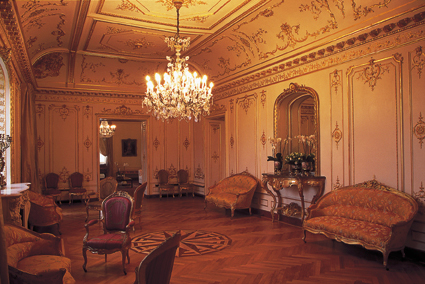 It’s all based on what I saw and tasted when I worked for the biggest champagne brand of them all where they have not one fully staffed gourmet kitchen, but two, in order to prepare sumptuous lunches and dinners for private guests.
It’s all based on what I saw and tasted when I worked for the biggest champagne brand of them all where they have not one fully staffed gourmet kitchen, but two, in order to prepare sumptuous lunches and dinners for private guests.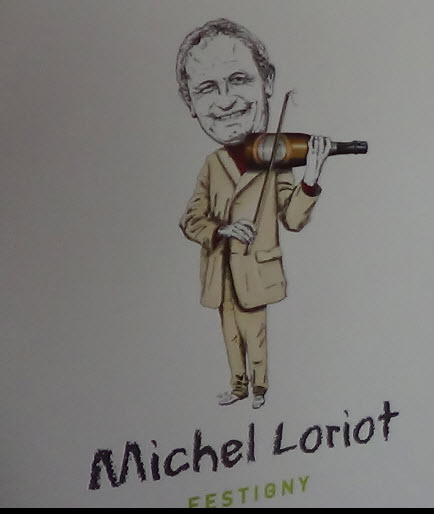 When you are a small independent champagne maker you have to find some way to stand out from the crowd.
When you are a small independent champagne maker you have to find some way to stand out from the crowd.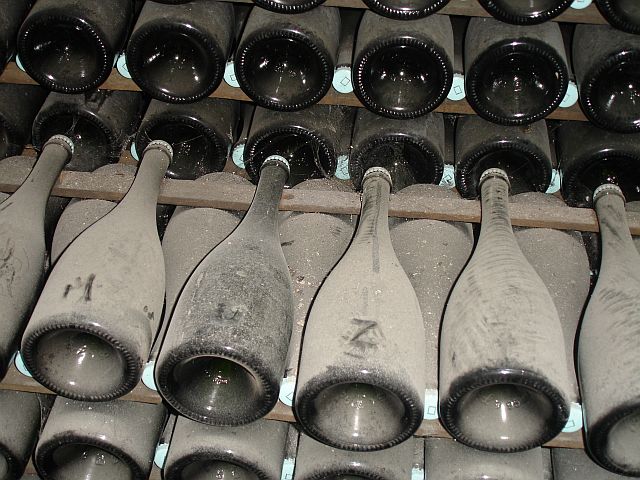 There is a common misconception about champagne which is that it doesn’t age well and that you can’t keep it for very long but this is in fact totally false.
There is a common misconception about champagne which is that it doesn’t age well and that you can’t keep it for very long but this is in fact totally false.